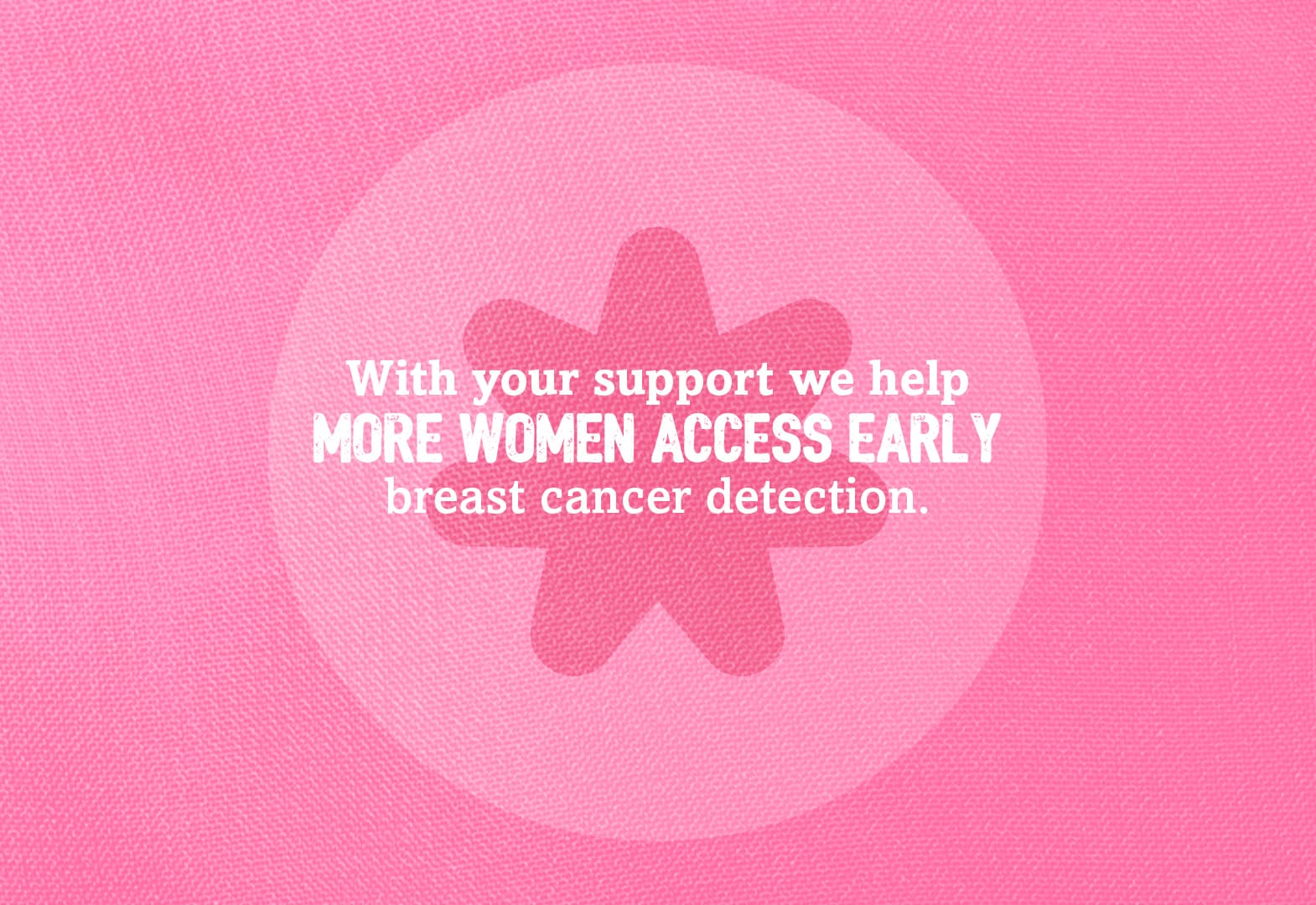Schedule your FREE mammogram!
Do you need help scheduling?
Contact us via WhatsApp 512-748-7231Do you need help scheduling?
Contact us via WhatsApp 512-748-7231Do you need help scheduling?
Contact us via WhatsApp 512-748-7231Schedule your appointment
Self Check.
Take Care.
Smile.
Contact us
Write to us on
Self Check (.) (.)
Real stories from real women
Take Care (!)
Smile :D

Check out our map.

Together, we can help even more

Frequently Asked Questions
Whatsapp 512-748-7231What is Breast Cancer
Breast cancer is a disease in which cells in the breast grow out of control. There are different kinds of breast cancer.
What Are the Symptoms of Breast Cancer?
Different people have different symptoms of breast cancer. Some people do not have symptoms at all.
What Are the Risk Factors for Breast Cancer?
Studies have shown that the risk for breast cancer is due to a combination of factors. The main factors that influence your risk include being a woman and getting older.
What Is a Mammogram?
A mammogram is an X-ray picture of the breast. Doctors use a mammogram to look for early signs of breast cancer. Regular mammograms are the best tests doctors have to find breast cancer early.
How Is Breast Cancer Treated?
Doctors often use additional tests to find or diagnose breast cancer. They may refer women to a breast specialist or a surgeon.
Can a mammogram cause breast cancer or spread it?
A mammogram, or x-ray of the breast, currently remains the gold standard for the early detection of breast cancer. Breast compression while getting a mammogram cannot cause cancer nor does it spread it. In fact, tighter compression during a mammogram leads to clearer images that are easier for the radiologist to read.
According to the National Cancer Institute, “The benefits of mammography, however, nearly always outweigh the potential harm from radiation exposure. Mammograms require very small doses of radiation. The risk of harm from this radiation exposure is extremely low.”
The standard recommendation is an annual mammographic screening for women beginning at age 40. Base your decision on your physician’s recommendation and be sure to discuss any remaining questions or concerns you may have with your physician.
Can a breast injury cause breast cancer?
Injuries to the breast do not cause cancer. Injuries caused by car accidents or a blow to the body, for instance, can lead to pain, bruising, or bleeding, which may result in a build-up of blood in the breast known as hematoma. Additionally, fat necrosis, or scarring of the breast tissue, can occur following an injury, surgery, or biopsy. Generally, these injuries will heal on their own with time; if you are having a mammogram performed following an injury, however, this may entail additional imaging.
Occasionally, a breast cancer diagnosis may follow an injury, simply because the injury drew attention to a lump that had formed previously. However, the injury did not cause the cancer—the cancer was already there. If you know you have scar tissue from a previous injury or have recently suffered a breast injury, let your doctor know prior to your next mammogram.
It is also a good idea to talk with your doctor if you are experiencing breast pain, a recent injury, swelling, change in the skin on or around your breast, or anything that is out of the ordinary for you.
Is Breast cancer more common in women with bigger breasts?
There is no connection between breast size and cancer risk, although it can sometimes be more challenging to examine larger breasts. Obesity and breast density, on the other hand, can both increase the risk of breast cancer. In addition, family history and lifestyle factors can also influence the odds of getting breast cancer. Women with larger breasts are more likely to report back pain, but this is not a risk factor for breast cancer.
No matter what your breast size, it is important to conduct regular screenings, check-ups, and mammograms. Maintaining a healthy weight and getting regular exercise can also support overall health while reducing the risk factors for breast cancer.
Does Breast cancer affect only middle-aged or older women?
While most cases of breast cancer do occur in middle-aged or older women, a breast cancer diagnosis can happen at any age or any time.
About 9 percent of new breast cancer cases in the United States are found in women under age 45 and these cases are more likely to be found at a later stage, according to the CDC.
Overall, women in the United States have a 1 in 8 chance of developing breast cancer in their lifetime, according to the American Cancer Society. However, the risk of developing breast cancer does increase with age. It is important to understand the risk factors for breast cancer, early signs and symptoms, as well as to make and keep regular mammogram and doctor’s appointments.
Is Breast pain a definite sign of breast cancer?
Interestingly, breast pain is usually not a sign of breast cancer. In fact, one surgeon estimates that only about 1 percent of women will be diagnosed with cancer after feeling pain in their breast.
The most common symptom of breast cancer, according to the American Cancer Society, is a new breast lump, though most lumps themselves are not cancerous or painful. Other potential breast cancer symptoms can include swelling, changes in the nipple or skin, discharge, swollen lymph nodes, and, occasionally, breast or nipple pain. It is also important to remember that many of these symptoms can also be signs of benign (non-cancerous) issues. Likewise, breast pain can result from anything from an unsupportive bra to hormones, from an injury to water retention.
Can carrying a phone in your bra cause breast cancer?
While carrying your cell phone in your bra may not be the most comfortable choice, it does not cause breast cancer. Studies on mobile phone signals have shown no link between phone use and cancer; scientists continue to monitor cell signals for potential longer-term impacts.
Nevertheless, to prevent potential skin burns or other issues, it’s ideal to keep your bra for its intended use and carry your mobile phone in a bag, purse, or pocket.
Do Bras with underwire cause breast cancer?
No matter what the type, bras do not cause cancer. There is no evidence to support the myth that lymph fluid is restricted when wearing an underwire bra or any other type of clothing, although bras that do not fit well can cause discomfort and swelling.
Likewise, no evidence supports the idea that going braless reduces the risk of breast cancer. Ultimately, it is important to find a bra that fits well and suits your lifestyle, whether you prefer underwires or not.









